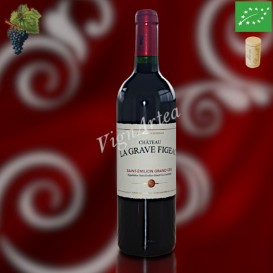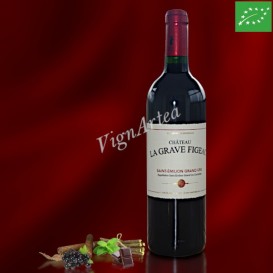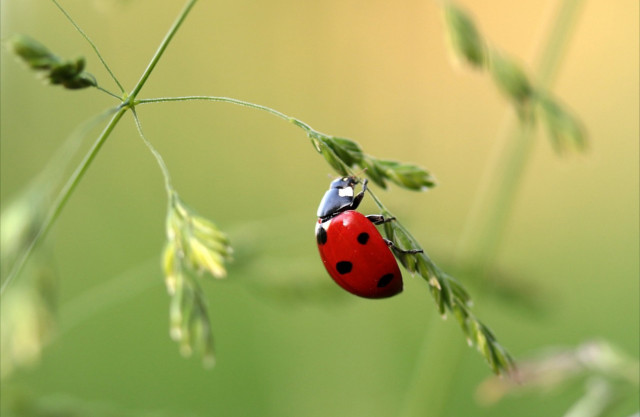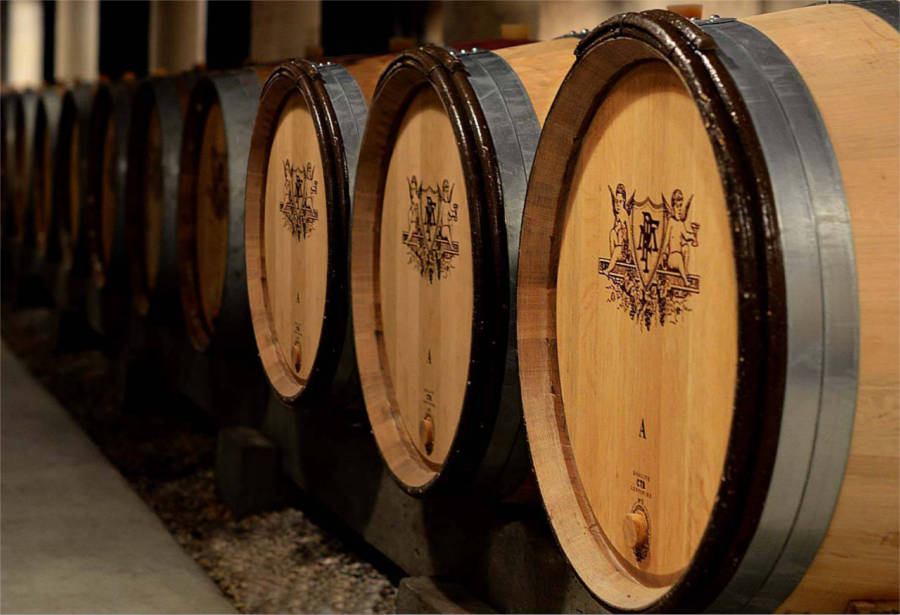Château LA GRAVE FIGEAC

SAINT-ÉMILION GRAND CRU 7 ha ORGANIC FARMING OWNER : CLAUZEL Family
ESTATE HISTORY
The Château LA GRAVE FIGEAC is located at Saint-Émilion, at the border of the Saint-Émilion and Pomerol wine designations. Caroline and Laurent CLAUZEL are the owner since 1993 and their son joined them in 1996.
Two grape varieties are cultivated there : the Merlot (65%) and Cabernet Franc (35%) varieties. The average vines age is about 45 years and the vineyard is cultivated according to the principles of Organic Agriculture with the Ecocert certification since 2012.
TERROIR
The Saint-Emilion region was the site of a significant sedimentation during the Tertiary and the Quaternary. This sunken area received all the drained elements that had shaped the Saint-Emilion landscape. In the Lower Eocene, between -54 and -49 Mya, the area was a vast maritime plain which formed a delta to the south of Libourne : large sandy ridges formed there.
A few million years later, when the Eocene ends and gives way to the Oligocene, the environment changes in favor of a fluvio-lacustrine environment favorable to the molasses, clays, and limestones deposits with in particular, during the Stampian phase of the Oligocene (between -33 and -28 million years) a marine transgression at the origin of starfish limestone construction.
From the Quaternary, 3 million years ago, the valleys gradually widened with the formation of steep fluvial terraces on which the Saint-Emilion most prestigious castles vineyards are located.
The plots of Château LA GRAVE FIGEAC are spread over three different sectors :
- the Pavillon sector, which adjoins the Château Figeac parcels. The terroir consists of a substrate dating from the Lower Oligocene, composed of feldspathic sands, gravels and green sandy clays whose sedimentation took place in a fluvio-lake environment and which is covered with a layer of recent colluviums,
- the La Grave Figeac sector, near Cheval Blanc and La Conseillante. The substrate is composed of an upper fluvial terrace dating from the Quaternary and covered with a layer of sandy-clayey and gravelly colluviums whose sediments are in places cemented by iron oxides,
- the Chantecaille sector, located on the Pomerol borders where the Quaternary upper fluvial terrace is directly exposed, made up of feldspathic sands, gravel and ruby pebbles with blond quartz and black flint, and which carries the most famous vineyards of Pomerol.
These different soils are particularly qualitative and suitable for the vineyards because they provide all the heat necessary for an optimal grapes ripening, they ensure a good rainwater drainage and they force the vines to deeply take root because of the soil poverty.
WINEGROWING & WINEMAKING
The grapes are manually harvested and totally destemmed before sorting. They are vinified plot by plot and grape variety by grape variety. Fermentation and maceration take place in thermo-regulated concrete vats with manual pumping to mix the skins cap formed on the surface with the rest of the juice.
The must is then racked and it begins to mature for 11 to 15 months in new barrels for the first third of its volume, in barrels of one wine for the second third, and in vats for the last third.
At the end of the ageing phase, the juices coming from the various vats and barrels are tasted and then blended in vats before being fined with organic egg white and bottled.
-
CHÂTEAU LA GRAVE FIGEAC 2020 RED WINE
36,80 € In stock!BORDEAUX - AOP SAINT-ÉMILION GRAND CRU CLASSÉ - RED WINE
Grape varieties: Merlot (80%) - Cabernet Franc (20%)
Organic Agriculture
Ageing in oak barrels and vats for 13/15 monthsFruity - Elegant - Graceful
- Nose: fine and elegant. Notes of red berries, peppermint and a hint of cold tobacco.
- Palate: balanced and structured by fine tannins with a pleasant mouthfeel.
- Tasting date: November 2024.
- OUR OPINION: a young vintage that is already very pleasant to drink, delicious, well-balanced and full of charm.
- Nose: fine and elegant. Notes of red berries, peppermint and a hint of cold tobacco.
-
CHÂTEAU LA GRAVE FIGEAC 2018 RED WINE
36,80 € In stock!BORDEAUX - AOP SAINT-ÉMILION GRAND CRU CLASSÉ - RED WINE
Grape varieties: Merlot (80%) - Cabernet Franc (20%)
Organic Agriculture
Ageing in oak barrels and vats for 13/15 months- Nose: intense. Slightly mentholated notes. Aromas of blackcurrant, liquorice, and black cherry.
- Palate: pleasantly perfumed. Silky tannins. Finish evoking a black cherry juice.
Tasting date: February 2023.
OUR OPINION: very nice vintage, very successful. I like its tasty and immediate side!
Other vintage available:
- Nose: intense. Slightly mentholated notes. Aromas of blackcurrant, liquorice, and black cherry.

